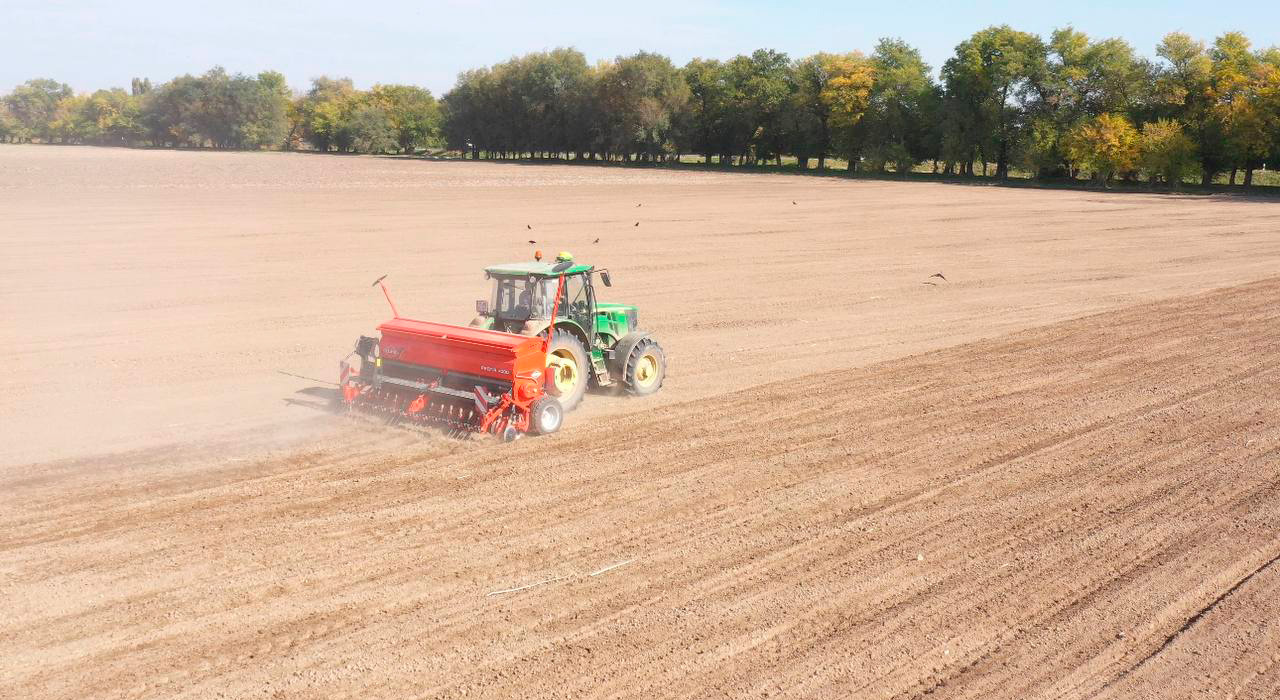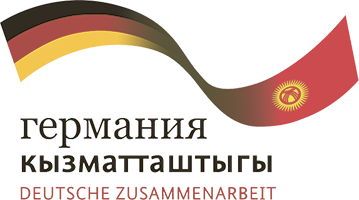Cereal VC

Description
Wheat occupies around 250,000 ha and barley 220,000 ha. It is roughly assumed that around 40% (100,000 ha) of the wheat area is on rain-fed land and 90% (200,000 ha) of the barley area. This would mean that about 1/3 of the rain-fed areas of 300,000 ha is cultivated with wheat and 2/3 with barley. All minor crops on rain-fed areas (safflower, alfalfa, buckwheat, millet, sorghum, etc.) are neglectable. Wheat is less drought resistant than barley. Therefore, on rain-fed land, wheat is preferably grown as winter crop to make use of winter moisture in the soil, whereas barley is grown more as spring cereal. Winter crops are endangered by livestock, which grazes on harvested fields after return from mountain pastures in autumn. This explains why winter cereals occupy relatively little land on rain-fed areas.
Cereals, particularly the ones grown on rain-fed areas, are low-cost crops with a relatively low profitability per ha. Therefore, a farming family in rain-fed areas needs considerably more land for making a living than in irrigated areas. Often farmers have some rain-fed land in addition to their irrigated land. Depending on the rainfall regime, rain-fed crops are considerably more at risk to fail than crops on irrigated land. To keep risks low, farmers follow a low-cost method. Almost all barley grown in the country is used as fodder for livestock as well as a great deal of wheat. Flour mills mainly use imported wheat from Kazakhstan, which has a higher quality.

Current situation and problems
The rainfall-dependent, risky conditions for cereal production and the consequently low-cost approach of farmers, lead to depletion of soils. This increases production risks further, particularly when considering climate change with an expected less favorable rainfall regime to come. In this way, soil depletion combined with climate change impact makes it too risky to cultivate large areas of rain-fed farmland. Over time, this will have a significant negative impact on food security in Kyrgyzstan. On the other hand, the potential of 300,000 ha of rain-fed land for positive contribution to food security is huge, if ways are found to increase the productivity of this land category. The incremental profits per ha of cereals, due to such improvements, might be low, but improving the productivity on huge areas are of national relevance. For such targets, it might be worthwhile considering governmental long-term subsidies for developing these resources.
How the project assists the value chains
Cereal production on rain-fed areas is an extensive crop with a relatively high risk to fail, depending on rainfall. Therefore, farmers follow a low-cost strategy to minimize risk. This leads to depletion of soils. The project intervention strategy is to introduce zero or at least minimum tillage technologies with direct sowing methods. This needs specific sowing machines. As this method saves several mechanical field operations for soil preparation, all in all, machinery costs can be reduced as compared to traditional methods. In addition, as far as possible, straw should remain on the fields after harvest as mulch.
A scheme consists of a group of farmers around a machinery station, which serves them not only with machinery services but also with inputs and advisory services. Starting point for the machinery stations is the availability of said direct sowing machines, which require pre-financing. The contracted AAS mobilizes scheme farmers.
As compared to traditional ploughing that turns the soils, the positive effect of this no-min-till method is that soil microbes are not disturbed by being moved from anaerobic to aerobic conditions and vice versa. The soil is covered by straw for a longer period. This will ultimately contribute to an increase of the humus content of the soil. Disadvantageous is the increased weeds infestation on the fields, which have to be controlled by specific herbicides.
This innovation of soil preparation will be combined with improving also other relevant agronomic methods, i.e. i) using certified quality seeds, ii) using fertilization rates that are more balancing plant nutrients for cereals than traditional one-sided nitrogen applications, and iii) implementing all field operations in time.
Experience shows, that this approach leads to 20% to 30% higher yields, reduces the risk of a complete crop failure, and has the capacity to improve grain quality. In the longer run, along with improving soil quality (higher humus content and higher water retention capacity), these advantages are expected to even increase.
As winter cereals (mainly wheat), planted in autumn, are considerably less risky (they use the moisture accumulated in the soils during wintertime) than spring cereals (mainly barley), the project focuses mainly on winter wheat production. This is countered by the traditional grazing method to leave livestock graze on harvested fields, after return from mountain pastures in autumn, and thus often grazing on germinating winter wheat fields. To overcome this problem, attempts are being made to persuade a majority of villagers to participate in the scheme. The hope is that peer pressure in the village will keep the livestock away from planted fields.





